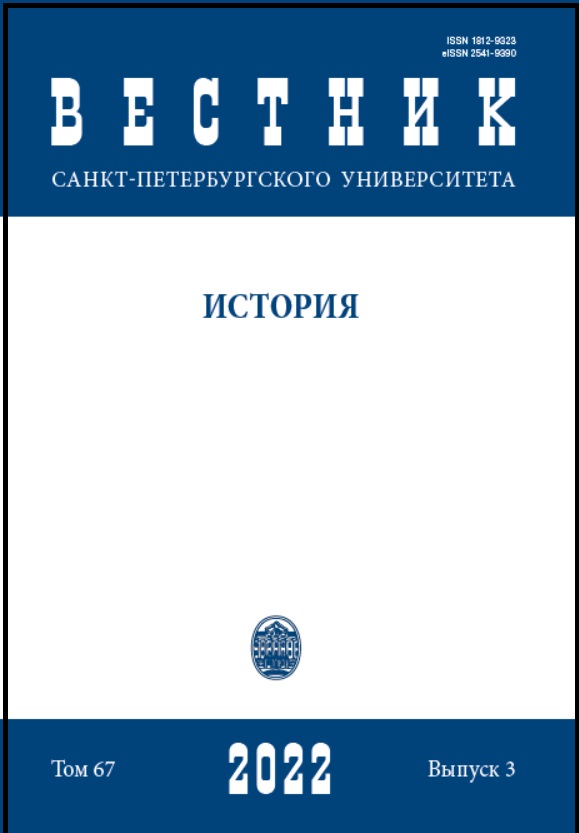Eurasianism from the Point of View of Erengen Khara-Davan
DOI:
https://doi.org/10.21638/spbu02.2022.316Abstract
The personality of E. Khara-Davan is a landmark for characterizing the history of the peoples of our country in the first half of the 20th century. He became one of the first Kalmyk students who received higher education at the university of the Russian Empire, and the first doctor among the Kalmyk people. He took part in the events of 1917–1920 in southern Russia, collaborated with the Russian Provisional Government, the Soviet government, and the white movement. In the modern historiography, E. Khara-Davan is quite often called a member of the Eurasian movement, who made a great contribution to the formation of its ideology. However, this view contrasts with the fact that he was not part of any organization of the movement and published only two articles in Eurasian publications. The main topic of his works was the history, current state and future structure of the Kalmyk people. There is no doubt that he was deeply influenced by the ideas of the Eurasians, which is especially evident in the texts on the Mongol Empire history as well as in his main work — the book “Genghis Khan as a commander and his legacy”. His assessments of the influence of the Mongols on the development of Russian statehood were of a pronounced “Eurasian” character. However, outside of this discourse, the works of E. Khara-Davan practically did not intersect with Eurasian concepts
in any way, and even diverged in characterizing the current state and future structure of the peoples of Russia.
Keywords:
Eurasian movement, Eurasianism, Russia-Eurasia, E. Khara-Davan, P. N. Savitskii, Kalmyk emigration, the history of the Mongol Empire, nomadic studies
Downloads
References
References
Downloads
Published
How to Cite
Issue
Section
License
Articles of "Vestnik of Saint Petersburg University. History" are open access distributed under the terms of the License Agreement with Saint Petersburg State University, which permits to the authors unrestricted distribution and self-archiving free of charge.





